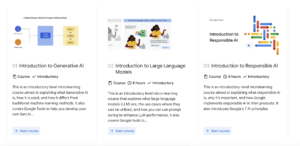Clustering—an unsupervised machine learning approach used to group data based on similarity—is used for work in network analysis, market segmentation, search results grouping, medical imaging, and anomaly detection. K-means clustering is one of the most popular and easy to use clustering algorithms. In this course, Fred Nwanganga gives you an introductory look at k-means clustering—how it works, what it’s good for, when you should use it, how to choose the right number of clusters, its strengths and weaknesses, and more. Fred provides hands-on guidance on how to collect, explore, and transform data in preparation for segmenting data using k-means clustering, and gives a step-by-step guide on how to build such a model in Python.



